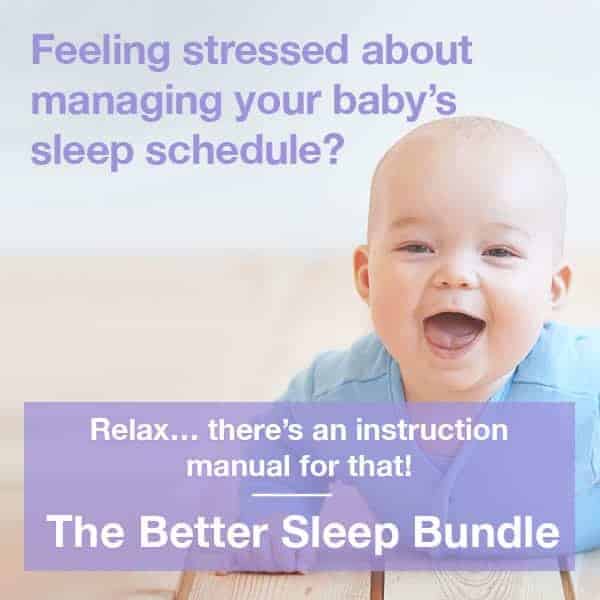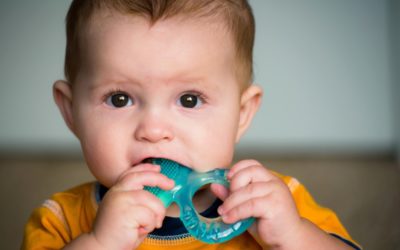Creating the Ideal Sleep Environment for Your Child
One of the most integral parts of setting the stage for improving your baby or child’s sleep environment is having the ideal sleep-friendly bedroom possible.
Keep these simple tips in mind as you start to set up your baby’s nursery or child’s bedroom.
Your bedroom is vital to getting a goodnight’s sleep. Creating an environment that promotes relaxation and keeps you from waking up at random times during the night can be key to sleeping soundly regularly, leading to improved moods and productivity.
Here are six ways your room setup affects your quality of rest:
- bedroom environment appearance,
- light exposure,
- environmental noise,
- air purifier to improve sleep hygiene,
- bedroom temperature,
- a sleep-friendly bedroom (no toys or distractions)
Cultivating these elements will result in having everything set up just right for optimal sleep every time!
Bedroom Environment Appearance
It is imperative that you make sure that your child’s bedroom is safe.
Babies and Infants
The most important thing to consider when putting your baby to bed is the quality of their sleeping environment. For a safe place for them, it’s best not to add anything but sheets and blankets on top of the mattress or crib sheet- no pillows, bumper pads, toys, etc., as they can be suffocation risks that increase SIDS risk in babies.
Crib safety is one of the most important things you can do when caring for your infant. One way to ensure that they are safe while sleeping and not at risk for suffocation or other accidents is by ensuring their crib mattress fits properly with no gaps between it and the rails on either side.
Children
Teaching your child to associate bed with relaxation at an early age does more than help pave the way for them to be good sleepers; it also helps establish a routine that reinforces healthy sleeping habits.
As part of every bedtime ritual, encourage children to tidy up their room and clear away any objects that take attention from sleep — such as toys or homework. If possible, try keeping screens out of the bedroom altogether; this will reinforce the idea in your child’s head that the bed is only for resting.
Take away tablets, television, or cell phones about forty-five minutes before bed to eliminate blue light exposure. Doing this will have the mind and eyes more relaxed before bed.
Do you want your child to sleep better and wake up feeling refreshed? Invest in a mattress, pillows, and good bedding for them that will help send them off into dreamland. Of course, it’s essential to make sure they are safe while doing so by following age-appropriate guidelines when choosing their items like mattresses or beds.
Sleep is a vital component of our daily lives. The hours we spend napping, resting in bed at night, and even the light that shines through your windows all have an impact on how well we sleep each day.
You may want to take some time today to consider what type of environment most benefits your slumbering needs before making any purchases for kids’ bedrooms or toddler beds. Doing so can make it easier for both parents and their little ones alike.
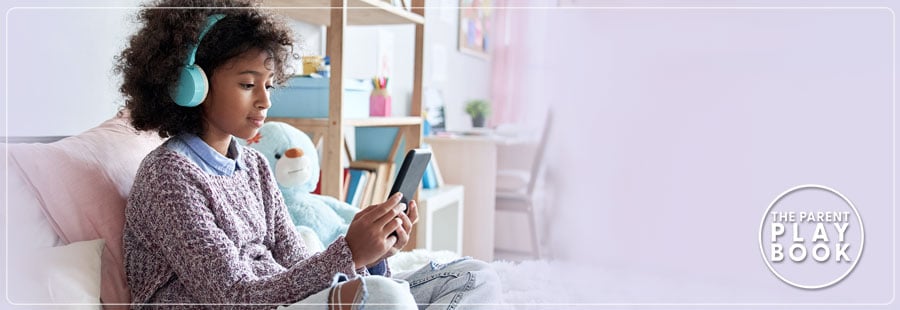
Light Exposure
When the brain detects darkness, it releases a hormone called melatonin which is a natural sleep aid. Dark rooms trick your body into producing more of this helpful chemical as you relax and unwind from daily stressors to help you fall asleep faster than ever before.
Children need a dark environment to produce melatonin, which will help them fall asleep. If you have an extra sensitive child or if your baby is prone to crying about bedtime because they can’t sleep, consider installing blackout curtains for the nursery windows so that there’s no natural light coming into contact with their precious eyes.
Investing in these will help improve sleep quality and limit sleep deprivation in babies and children.
Environmental Noise
To get a good night’s sleep, it can help to find the right white noise machine. A common disruptor of sleep quality is ambient noises from inside or outside your house.
Unfortunately for many children, achieving total silence at night can be difficult if other family members are still awake in their rooms as well and making more noise than you would like them to, which leads us to our next topic: choosing what type of sound should go into the bedtime routine when using a white noise maker for toddlers?
For those who want something steady with low-key sounds such as waves lapping or a gentle heartbeat that will mask any external disturbances during nighttime hours but not harm hearing, this might be just enough distraction without being overwhelming on sensitive ears!
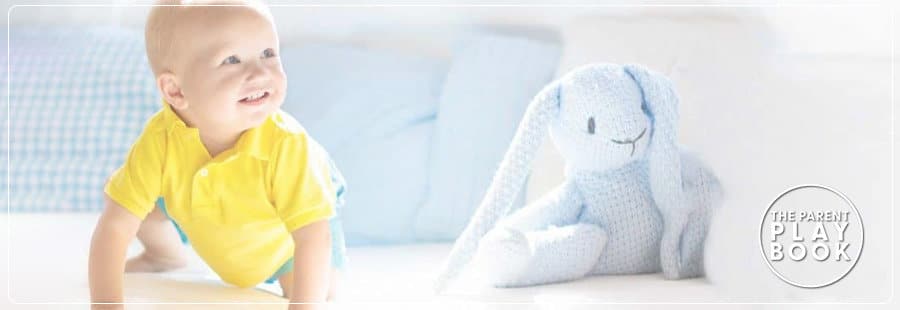
Can an Air Purifier Improve Sleep Hygiene?
Some stubborn sleepers may find that aromatherapy helps them relax in their sleep environment. Some older children and adults fine using a calming scent such as lavender can promote relaxation, especially in insomnia or anxiety disorders. Always discuss the use of aromatherapy with your healthcare provider before using it.
Calming Smells That Promote Sleep
It is best to try relaxing activities before bed, like reading before bedtime, which will help you fall asleep faster and encourage more rest.
To make bath time more fun, try to use baby-friendly products such as a foaming soap or lotion with calming scents. Then, when it’s bedtime, you can try giving your little one an oil massage before they go to sleep; this can be done by rubbing them down with cream that has soothing smells like lavender.
An easy way of making the bedroom smell nice is by air purifiers that smell pleasant. In addition, some parents add a drop of their cologne or perfume, or body lotion to the bedsheet, providing a soothing scent for the baby. This can allow your child to feel comforted while sleeping soundly.
Bedroom Temperature
Your child’s bedroom should be cool, not cold, and not hot. This is because the temperature affects your ability to sleep at night! The recommended range of temperatures ranges from 66 degrees to 70 degrees Fahrenheit.
Sleeping sacks are an excellent alternative to blankets as they provide warmth without the risk of suffocation and SIDS from loose bedding.
Keeping the sleep environment temperature on the colder side is a great way to prepare for sleep naturally. The optimal sleep temperature ranges between 66 and 70 degrees. Sleep space temperatures that are too warm can also increase the risk of Sudden Infant Death Syndrome.
A Sleep Friendly Bedroom (no toys or distractions)
Sleep time is not playtime! You want to keep the sleep environment free from distractions.
For a perfect slumber, we recommend that you remove all distractions from the crib. In addition, toys can pose risks such as suffocation or SIDS.
Even for older children as well, toys can keep them up playing all night. If possible, keep toys out of the bedroom and keep the bedroom only for sleeping.
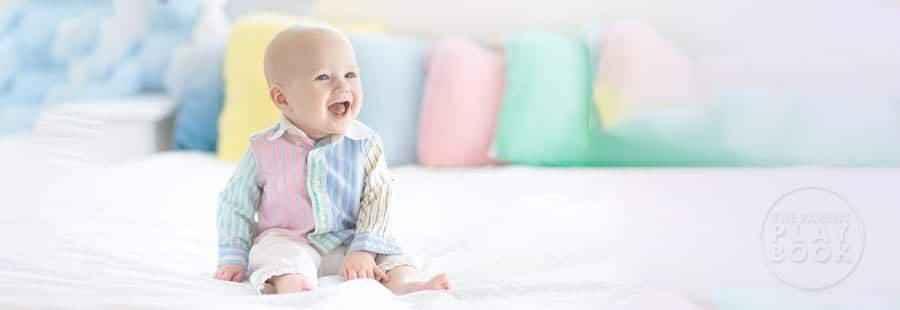
Frequently Asked Questions:
What Should I do if my child has a night terror?
The best way to handle a night terror is to wait it out patiently and ensure they are getting enough sleep at night. Kids usually will settle down or return to sleep on their own in mere minutes. It’s best not to wake them up while experiencing a night terror but rather comfort them with your words and presence. Keep lights out and do not remove from them their room as this can lead to waking and more distress. Keep them in their sleep environment.
What should I do if my child sleepwalks?
The best way to deal with a sleepwalking child is by remaining calm and gently redirecting them back to bed. Maintain their routine. Ensure they are getting enough sleep. Ensure there are gates on the stairs and even on their door if needed for safety. Avoid your child becoming overtired, as this can trigger more episodes of somnambulism in the future.
What Should I do if my baby won’t stop crying?
Babies like repetitive noises and movements, so try some backrubs or rocking while you’re out for a walk. And if they still don’t fall asleep, take them on the go in their stroller—a ride might do the trick.
Should I give my baby or child sleep medicine?
Sleeping medicine is not the best solution to encourage a good night’s sleep.
Sleep drugs aren’t made for children. Unfortunately, tthere’s no prescription drug approved in the US or Canada to treat childhood insomnia. Discuss with your healthcare provider or pediatrician if you are concerned about your baby or child’s sleep.
Are you hoping to establish a healthy sleep environment for the whole family? Then, check out our sleep course!.
#YouGotThis





